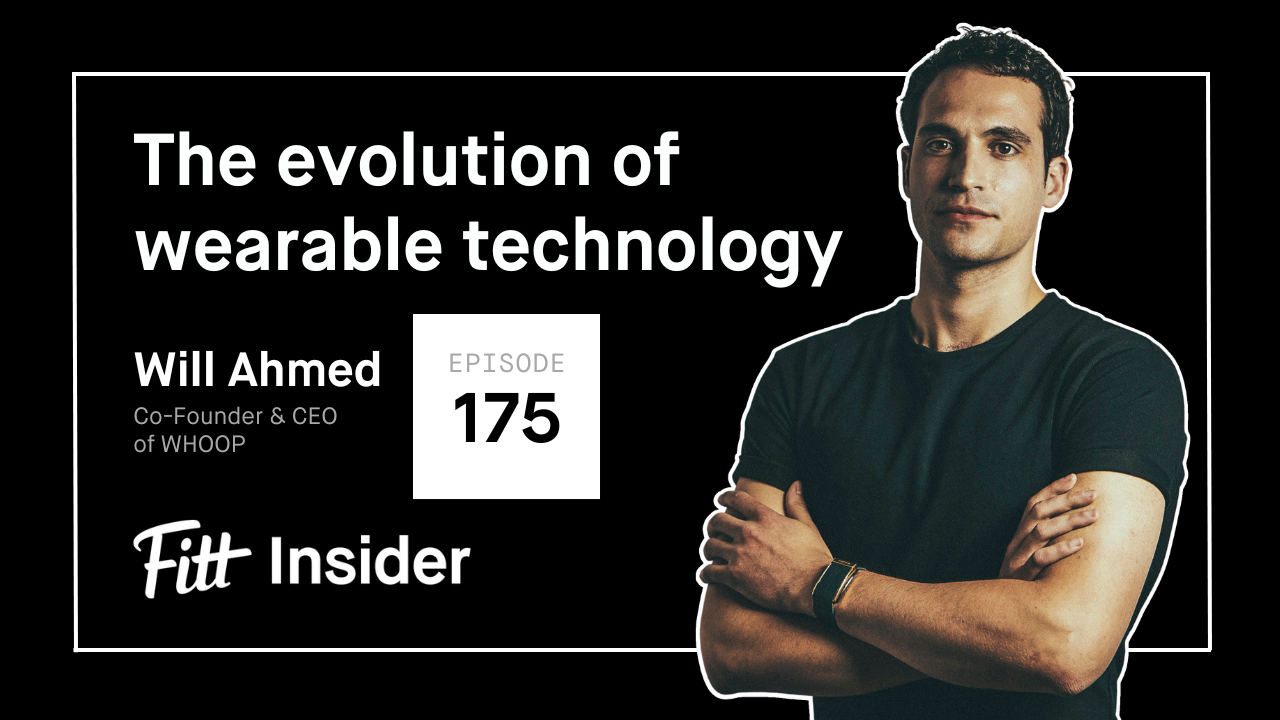Issue No. 222: Living Well
 Illustration: Courtney Powell
Illustration: Courtney Powell
Beyond hotels or homes, wellness living is reimagining communities — and cities are next.
Well Built
Purpose-built for holistic health, wellness real estate is one of the fastest-growing sectors of the broader wellness economy.
- The wellness real estate market is expected to reach $580B globally by 2025.
- 73% of homeowners and renters say health impacts will be a factor in selecting their next home.
- Buyers pay a 10—25% premium for residential wellness properties compared to traditional real estate.
Initially, the pursuit of wellness introduced spa- and health club-like amenities into hospitality before gradually expanding into offices and homes.
Now, cultural shifts affecting mental health, remote work, and cost of living are giving rise to new takes on wellness dwellings.
Wellness Relocation
In Issue No. 96, we detailed the pandemic-driven desire to escape highly populated cities.
Fleeing cramped quarters, extra breathing room and access to the outdoors became a form of self-care.
“Wellness relocators are seeking stillness. Free from distraction and manufactured outrage, the hope is that a healthier, more creative, and fulfilling life is within reach.”
A temporary reprieve, as COVID-era restrictions lifted, many pre-pandemic routines were restored. But, in accepting a return to normalcy, the longing to make personal well-being a top priority remained.
Bring it Home
Where we live and the company we keep have a profound effect on our health.
- 80–90% of health outcomes are linked to where and how we live.
- Loneliness increases risk of cognitive decline, chronic illnesses, and death.
- More than 1 in 3 Americans are lonely, with 61% of young people citing serious isolation.
More telling, an 80-plus-year Harvard study found that embracing community and relationships helps us live longer and be happier.
URL to IRL. While COVID accelerated a shift to digital communities, the resurgence of wellness experiences signals a strong desire to gather in person — one that extends to the place we call home.
A convergence of trends, as post-pandemic priorities collide with growing interest in wellness as a way of life, developers, startups, and governments are building healthier neighborhoods.
Communities. Ahead of its time, Atlanta’s nature-centric neighborhood Serenbe was founded in 2004, but demand for this “intentional community” is booming. A similar concept, Velvære, a wellness community in Park City, Utah, broke ground last fall.
Meanwhile, health club operator Life Time puts fitness at the center of residential “resort-like villages” opening across the country.
Agrihoods. Swapping ultra-processed foods for fresh eats, agrihoods focus on farming and sustainability. There are more than 200 agrihoods in the US, including Agritopia in Phoenix, AZ, Willowsford in Ashburn, VA, and Olivette in Asheville, NC.
In addition to growing food on a working farm, residents enjoy access to nature, gardens, communal spaces, eco-friendly amenities, and more.
Cities. Healthy and happy cities are copying Copenhagen’s pedestrian-friendly ways. Elsewhere, Singapore, Malaysia, and Dubai are constructing wellness cities with citizens and tourists in mind.
Building walkable communities from scratch, Culdesac raised $30M last year. Part of the startup cities movement, concepts like Marc Lore’s Telosa and Stanford spinoff ReGen Villages promise to reimagine how we live.
Already taking shape, Próspera, a private charter city in Honduras, recently opened a wellness clinic offering peptides and prescription weight loss treatments. According to MIT Technology Review, the city has also become a testing ground for nascent longevity drugs.
Punchline: Sure, intentional communities feel a bit like communes, and startup cities have serious sci-fi vibes, but crumbling infrastructure, overcrowding, and environmental toxins in most major metros leave a lot to be desired.
While new wellness-oriented options emerge, we’ll be dreaming of our very own mountainside compound complete with a small farm, gym, sauna/cold plunge, and pickleball courts.

WHOOP founder & CEO Will Ahmed returns to the podcast for the first time since 2019.
Catching up. We discuss WHOOP’s evolution from fitness tracker to health optimization platform — as well as what’s next for the company.
Listen to today’s episode here
In related news: Between the time of recording and publishing this episode, WHOOP announced some pricing and product updates.
Price. The company is reducing prices for its 12- and 24-month memberships. A one-year subscription will now be $239 (down $61) and a two-year commitment is $399 (down $81), while its monthly rate remains $30.
Product. This news comes ahead of planned rollouts (timing TBD) for its 4.0 strap, including muscular strain, rep counting, new recovery metrics, and a stress module developed with health expert Dr. Andrew Huberman.
Roadmap. Following two rounds of layoffs, WHOOP is rewarding loyal members while shoring up its business.
- One of the first wearables to introduce a subscription model and recovery-centric metrics, other brands followed suit.
- In 2021, WHOOP acquired weight training platform PUSH, paving the way for its entrance into quantified strength.
- Teaming with Hyperice, Dr. Huberman, and others, the company is strengthening its ecosystem to attract and retain members.
Looking ahead: As wearable brands compete for customers, WHOOP is doubling down on innovation and interoperability while making existing subscribers the focus.
⚡️ Boutique EMS studios are scaling up
Touting efficiency and accessibility, electro muscle stimulation (EMS) training utilizes body suits or sleeves, delivering low-frequency electrical impulses to engage muscles.
Shocking growth. Already popular globally, with over 13K full-body EMS studios open worldwide (including 2.5K in Germany alone), the FDA-approved technology has been quietly scaling in the US.
Benefiting from a franchise model, it’s popping up everywhere.
- LA-based BODY20 announced its 200th signed franchisee and secured $30M for further expansion in 2023.
- After opening its flagship studio in Scottsdale last year, OHM Fitness has 150 locations under development in nearly 10 states.
- Germany-based Bodystreet franchises 300+ studios in seven countries, including two that opened in Florida during the pandemic.
Meanwhile, Seattle-based Katalyst, which recently raised $26M, started as a standalone studio before pivoting to at-home and commercial markets. OHM also plans to go direct-to-consumer, shipping an at-home suit this May.
Fit or fad. Pressed for time, fitness seekers will likely be intrigued by the promise of short, effective workouts. But, given the dubious claims made by workout gadgets like fat-zapping ab belts, consumers are right to be skeptical.
Takeaway: While some studies suggest EMS may be effective, particularly among aging populations, it’s unclear if it’ll be a legit training tool for the masses.
Share this headline
📰 News & Notes
- Albertsons launches digital health and wellness app.
- Chipotle tests healthy bowls concept in Santa Monica.
- Digital mental health platforms have a privacy problem.
- Levels opened its UK waitlist to take on metabolic health overseas.
- Fitt Jobs: A cheat sheet to open roles in the health & fitness industry.
- Startup Q&A: Uplift Labs’ Masa Kabayama on AI motion capture in sports.
- Paceline discontinues fitness rewards credit card. [Re-read: Sweat to Save]
- Les Mills launches Strength Development, its first new class in five-plus years.
- Amazon Music cues up Sleep Science playlist with wellness audio startup Endel.
💰 Money Moves
- Quell, a fitness gaming developer, raised $10M in a Series A round led by Tencent.
More from Fitt Insider: Fitness is a Game - Mass participation endurance race operator Super League Triathlon acquired the New York and Chicago triathlons.
- Australia-born HIIT franchise F45 Training closed a $90M subordinated debt facility led by Kennedy Lewis.
More from Fitt Insider: The Fate of F45 - Twentyeight Health, an inclusive digital platform for sexual and reproductive health, raised $8.3M in a pre-Series A round.
- Axena Health, makers of a digital therapeutic for pelvic floor disorders, raised $25M in a Series A round.
More from Fitt Insider: Closing the Gender Care Gap - Organic lemon-flavored hydration drink Lemon Perfect raised $36.8M in new funding.
- Functional beverage brand Tru landed $6.5M in a Series A round led by Btomorrow Ventures.
More from Fitt Insider: Functional Beverage Boom - Digital MSK care platform IncludeHealth secured $11M in a funding round led by CincyTech.
- Thatch, a health and wellness employee benefits platform, raised $5.6M in a seed funding co-led by a16z and GV.
- Plant-based protein producer Planetarians added $6M in a seed II round led by Mindrock Capital.
- Sun Bear Bioworks, a company using precision fermentation to create sustainable cooking oils, landed an undisclosed amount in a pre-seed round.
- Healthcare holdings company Confluent Health acquired MOTION PT Group, a chain of 59 physical therapy clinics in the Northeast.
Today’s newsletter was brought to you by Anthony Vennare, Joe Vennare, and Ryan Deer.